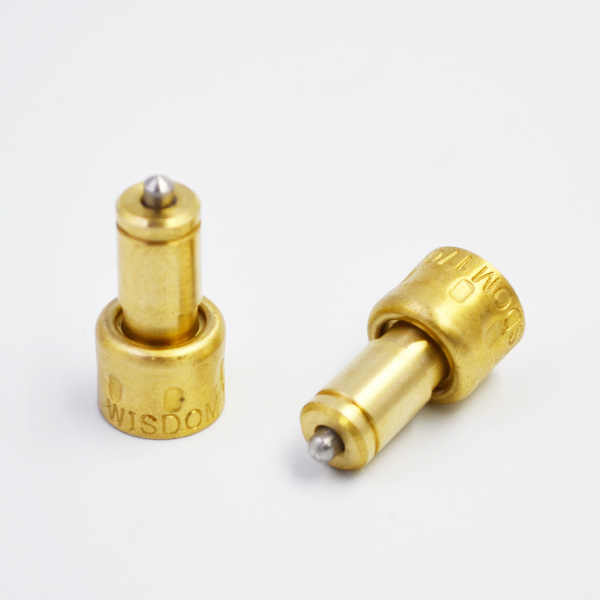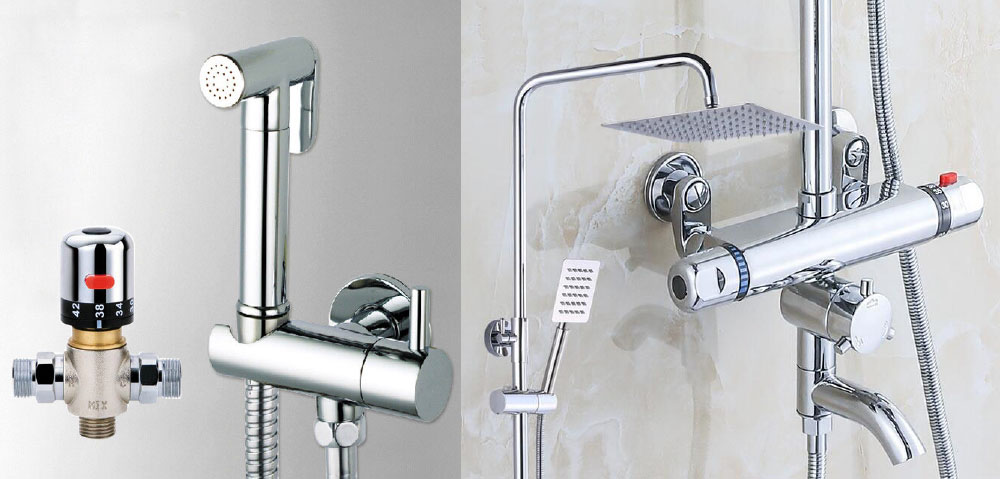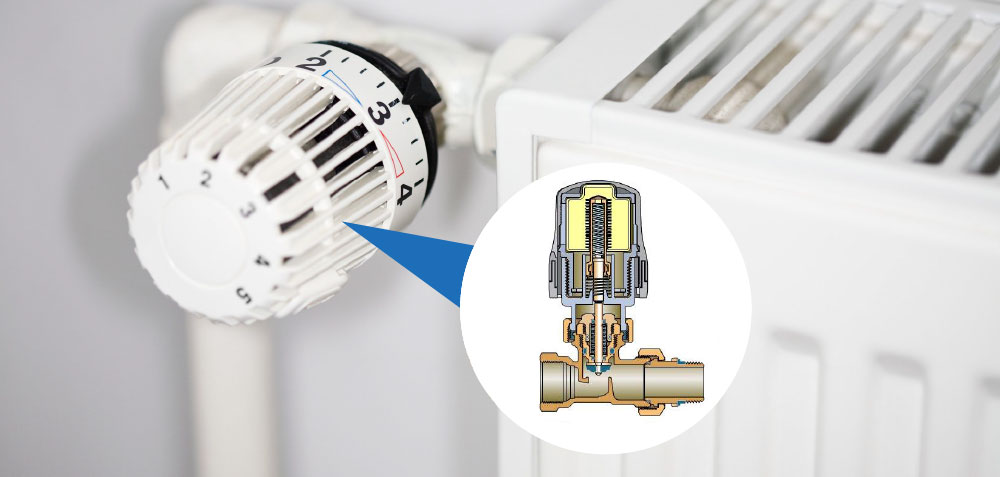Firstly, this paper introduces the architecture concept of routing and controller design for embedded multi-layer and multi-domain optical network. Based on PCE concept, this paper focuses on how to improve the functions of the hardware part of routing and controller design for embedded multi-layer and multi-domain optical network at different levels, and the design method and final result of the software are also discussed.

Use the detection form to sort out, help to improve the stability of the controller. The design of optical network framework based on PCE will improve the design concept according to the existing problems and achieve a more ideal network operation system at the grass-roots level. The design of network system is framework, and it can discuss and solve the common network problems. PCE acts as a photoelectric pulse source during the construction period. It can take technical solutions to the problems encountered in the operation of network system. In the operation of network system, each module can cooperate with each other to achieve more idealization. The use effect can promote the management plan to get better promotion at the grass-roots level, and help to improve the stability of network management system. In order to avoid errors in signal transmission, special identification codes are designed to distinguish signal transmission. The problems of interference and data transmission errors have been thoroughly solved, and further preventive control measures are needed for common quality problems. Law.

Routing can cooperate with network operation and provide more stable network access points for function realization. Only after the basic framework is built, can more in-depth controller design be carried out to ensure the stable realization of functions. After a period of perfection of control system functions, it is necessary to fully integrate software control functions with hardware systems to achieve a more ideal operation effect. When the software functions and hardware functions in the framework are fully integrated, there may be some cases of substandard quality at the grass-roots level, which need further improvement. Enough to achieve more idealized operating standards. Next, the hardware design of the controller will be introduced in more depth from the design content of each module. The core processing unit plays a data operation role in the system, which requires in-depth calculation of the collected information and ultimately sends out accurate management and control instructions. Processing module needs to complete a number of management tasks at the same time, observe the problems that may arise at the grass-roots level, thermostatic element and on this basis, data integration is more secure and efficient. Hardware design is based on software program assembly. According to the environment that the controller faces during its use, field hardware design is improved. An equal number of network access ports are reserved. Router end can connect better and help the embedded function realize. The communication unit mainly transmits the parameters generated in the network operating environment, and transmits the control instructions to each function realization module.
The communication unit will connect the devices needed to be controlled into the router network through the physical connection situation to achieve a more stable operation standard. Most of the problems encountered in the controller are caused by the uncertainties of access points. The transmission function in the network environment can not be realized normally, and the operation period of the control system is also increased. Resource wastage. Communication unit and Ethernet can cooperate with each other to achieve better embedded control function. Physical interface is more convenient when changing.

The hardware of communication unit needs to cooperate with embedded program to realize its function. During the transition period, technicians can flexibly change the access port until it is adjusted to the most reasonable operation state to ensure that the controller can meet the use function through the design of hardware and software. The data generated during the use of routers and controllers can be fully fused. The function of storage module directly affects the stability of the system. Data control is fully realized in the application module of DDR memory control technology, and the stored data information is taken as the reference standard for the next stage of control function realization. In the application of embedded technology, the hardware intrusion control program will be first integrated and installed, and the final control system can be efficient in function and efficiency, to achieve a more ideal control standard. The storage of data information in the system is holistic. The parameter errors in any module will affect the transmission of the total control instructions.
Therefore, the ability of selecting the core storage module should reach the expected standard. Circuits can establish links between each module, build the functions of each module as a whole, and save power resource applications through auxiliary circuits. Only through a small amount of current, more stable functional use standards can be formed in the field. Circuits are built and designed in the form of integration. Circuits are designed in computer software. Circuits of hardware system are laid strictly according to the design scheme. Interfaces of information transmission lines are also reserved in the circuit board of basic level, so that errors will not occur when connecting functional transmission modules.
The design of the software part is mainly about programming and function test, observing the function problems of the software system during operation, and improving and optimizing the function more stably and efficiently. After the system program is written and designed, it needs to run in the form of software in the controller, that is, the control system. First, the main functions needed by the controller are sorted out. On this basis, the functions are classified and the system program is divided according to the corresponding control content of each module. With the support of system program, each software function can be realized safely. Especially in the network operating environment, the system function can be improved automatically and updated to the latest use standard according to the update prompt. Router is mainly responsible for the control of network access points, and provides a stable network operating environment for the controller. In the design, the fault management module is reserved to feedback the abnormal parameters caused by the fault. If it affects the normal realization of the control function, it will automatically send out alarms, application routing and related functional components. Among them, the more realistic function is to achieve comprehensive control on the spot, which can be automated. Now the control function, which requires less human resources, parameter errors and instability problems have naturally been solved. The data that multi-layer multi-domain controller needs to process during its use will be more complex. Any problem in any link will affect the final control security. Therefore, special attention should be paid in the control stage. In order to ensure the normal function of the controller, it is necessary to test the designed system and pass the quality test. The partial control method is carried out. The functions of each layer are tested separately. When unreasonable phenomena are found in the scene, the local modules can be further improved. Secondly, the coordination and control between the various systems are tested. When the hidden quality hazards are found, more in-depth understanding can be achieved through technical methods. After testing, the hierarchical design method discussed in the article is adopted. The functions of software and hardware are normal, and the cooperation efficiency has reached the expected standard. Each platform cooperates with each other to achieve the function, fully simulates the actual control process, so the final test results are more convincing. The protection and recovery tests of 1 1 protection and rerouting services in the domain are carried out. After testing, the execution time of each business test is counted. The test results show that the multi-layer multi-domain optical network control system using routing and control system meets the real-time requirements of optical network dynamic control. Conclusion: The cost and power consumption of the control system of the controller are greatly reduced compared with the general server because of the embedded operating system and development mode. The experimental results of the test platform show that the optical network management and control system based on the system meets the functional requirements of dynamic control and interconnection of multi-layer and multi-domain optical networks, and guarantees the real-time and stability of service control.
